|
As a collective we generally don't make things to sell or do repair work- we would rather share knowledge, lower the bar ("everyone can do this") and help people feel empowered to do their own repair and make their own things. Some exceptions were when we had a table at the Oakwood Community Summer festival in advance of our swap in 2019 (we got rained out, but neighbours helpfully loaned us a tent) and last year we were artist-in-residence (as a collective) at Double Take Thrift store- this was a great experience on the time spent selling vs. time spent making ratio as we only had to drop off goods and they were sold through the store, they tracked sales, and Double Take only took 25% Also, we didn't need to make a lot of product, as we were all contributing, so the shelves were always stocked. As individual eco minded artists and makers, we are torn between the desire to make things and the feeling of there being enough in the world already. One solution is to use discarded textiles as material for new things. All the members in our collective look for new uses for old things, and some of our members are prolific and talented and make more than they can use themselves... enter the Capitalist model for redistribution, the craft market. 'Tis the season, so we reached out to some of our members for stories of craft markets, the experience from the maker side of the table. Overall, they said that people are learning to appreciate the work that goes into a handmade item and value unique works made by love, and the other makers are very kind, but no one is sure this is the best way to find new homes for their wares. Here are their thoughts MARNIE My first show was a trunk show at the original location of The Workroom in Toronto. I dragged my trunk, my assembled wares and my kid and we had a jolly time. I even sold some things! I have never been able to rely on my craft as a steady source of income, for many reasons. The first was that we were and are a homeschooling family, so I already have a full time job, though the kids are aging out as I write this. The second was that I was a square peg in the round sucking hole of capitalism, so I was never going to do well there ;-) The third is that generally the items in my wheelhouse that sell well are the items that I least enjoy making. I love seeing people's enthusiasm picking out their favourite colours of little heart shaped merino wool handwarmers or beanbags made from vintage fabric, but they're a bitch to make (repetitive, finicky, and huge time input). Blankets are my love. Thankfully people have gotten much more used to purchasing big ticket artisan made items these days, and even seek them out, but back in the olden days "handmade" did not have the same cachet for the average person as it does now (Yay for now!) But I've always really loved doing shows, because of the people. Craft show people are my people and I am and was delighted to find them. Also, I have exactly enough enthusiasm for two to three days of non-stop being "on", and then I need at least two weeks recovery. Being on the other side of the table is the cumulation of months of labour, so what defines a good show for me has always been complex. a) Did I make my table fee back? Spending more on the attempt to make the money than you actually bring in is not really fun. I've been lucky over the years that no matter if the table fee was $35 (yay Leslieville Tree Festival!) or $300 (for an outdoor show that got poured on and people's tents collapsed overnight, boo Queen West Art Crawl), I've always made my fee back. b) Did I meet nice people? Not the number of attendees, though more is generally nicer, but not always more profitable, weirdly. Attendees who get it and are interested in the process and actual goods are much more enjoyable to hang out with than a crowd of through-walkers who had nothing else to do that day. I have always met at least one nice person ;-) If there are hardly any people I count it as a work day and do hand-work. c) Was the show/art fair/craft fair well run? This is a big one. If I was still doing shows, I would never do an outdoor one with a high table fee again, no matter how prestigious (and I really love working outdoors). Now, the organisers of the one with the thunderstorm could not help the weather but neither were they well-prepared. I have worked tiny shows with low table fees where the organisers were a delight and they were extremely well run. Those are fun. I have also worked a large show, where I was an invited artisan, with a high table fee in a prestigious location (the Distillery) that was...not great (that post is me being polite about it). How do I know? Big hype but lack of communication, super commercial, poor floor plan, low attendees compared to the hype, and I came away exhausted, sad, and never wanting to do the show again. But I also think that the bulk of my experience has been at the same time as when artisan and craft markets and shows were going through their growing pains and people are so much better at running them now. Right before covid hit was one of the most well-run shows I've worked at (Hi Handmade Hamilton!) These days I have exactly enough energy for going for a couple of hours to see what wonders are available, meet new people, and support those I can, remembering to not just buy for the sake of buying. That kid that I dragged to my first show all those years ago recently went to the Quirky AF art fair here in Hamilton with me and it was a delight! We got to see Al of Too Bad Textiles fame (and one of the Works-in-Progress artists!) and all of her quilty goods. I also got up to shenanigans enabling another maker saying yes, there should definitely be a handspinning and handweaving regular get-together in Hamilton ;-) It was a good day. GABRIE: I have only ever participated in craft fairs assisting other people, helping with set up and sales etc. In my experience craft fairs are fun to chat with other artists, but in terms of work to sales ratio not always worth it for artists. The tear down and set up can be tricky, and it can be hard to justify the time/effort put in. But getting to talk to the other artists around you tends to be the best part and makes it worth the effort! SHAMS: At this time in my artistic process, I don’t make anything that’s quick, so at my hourly wage even a small object would be extremely expensive. The prices that I would charge would not be in line with the prices of other things offered at a craft show. One thing I’d like to add is that I personally am uncomfortable with charging people for textiles that otherwise would’ve been waste. I recognize that great deal of work is put into saving these textiles, but in my case its purpose is for saving the planet and for raising awareness for other people of what they can do to save textiles in a beautiful way. What I’m hoping to do is not to get saved textiles into peoples hands, but to convince them to save their own textiles. If I was invited to a craft show I would want to give lectures or provide examples or teach people at a booth. Recently a community fair asked me to come out and provide mending services during their community fair. They offered an honorarium. I have no idea what that honorarium would’ve been but I don’t so for money. I wrote them back that if they wanted me to come and do a table where I advise people on how to mend their own close I’d be glad to, but that I was an interested in giving each person a repair. I’d like them to have knowledge and creativity to make their own. ALEX: Thus far I’ve participated in 2 markets this fall. My goal has been to try a few this holiday season to take a survey of what works/what doesn’t work, and to gauge if it’s something I’m truly interested in. I currently live in Toronto, but both of the markets I’ve done have been in Hamilton. The Toronto scene felt overwhelming, and I feared the density of people here (both in my application as well as market attendance). I grew up nearer to Hamilton, so it felt more safe and familiar, and like I’d have a “better shot”. I applied to 2 and got into both- something I was surprised about. My first market was at the Art Gallery of Hamilton, as part of a multi-art festival. It’s the first year this event has been held, and the market took place on a Sunday night (it had previously been planned for Saturday). This combination made it less than ideal to be a vendor. It was really quiet and anyone coming in was there to view their free music programming (can’t blame ‘em, it was great!). No one was coming in ready to shop. I made a few small sales (which I counted as a big victory, given the circumstances), but it was nothing near to covering my time for the day, table fee, or travel. So the day came out a financial loss. That being said, I’m happy for the experience. I could take my time to practice my set-up, payment taking, and experiment with displays. Other makers around me were amazing. Everyone reassured me it was abnormally quiet, and it would be rare that I experience something like that again. So it was easy to not be discouraged. The community experience was priceless. When folks heard it was my first market, everyone was eager to offer advice and tips, sharing what they wish they had known. I had multiple people jump to tell me details about their experiences, in full transparency- anything I wanted to know about the money and the community. Everyone was SO nice, and I truly had a blast hanging out and getting comfortable in a very new setting. It was so cool to spend time with other makers that are passionate and excited about what they do. That was my favourite part - but it's worth noting that this is not something limited to this setting. The second market, my most recent, was the Quirky AF Fest at Hamilton Artists Inc. Being advertised as quirky, I felt like this might be a good fit for me (in terms of other makers and products) The artist-run centre was organized, supportive, and warm- which I think also greatly added to the experience. This was such a nice a nice group of people, and again I had many folks offer up tricks of the trade when they heard I was new- things they wish they knew when they started out, things that they felt were and weren’t worth investing in. For example there’s a venue in toronto that people gave me a heads up has bad lighting, and that I should make sure I have my own, and some effective options. Something I never thought of. This makes me feel more optimistic and prepared for other markets. Both times I’ve been delighted by how readily people offer information, really without me prying much. All it seems to take is a “I’m new!”. This market felt like it had good traffic, I had time to chat with everyone one on one. With some down time to chat with neighbours and make connections. I made friends (vendors and shoppers). One person gave me their contact info: they’re starting a tea room/handmade goods shop in hamilton, and they’re looking for unique makers. Pricing is difficult, but I’m practiced in tracking my work time thoroughly. I make sure I pay myself fully for materials and time (cutting and constructing). That’s all well and good, but there are lots of other tasks/responsibilities that quickly add up. Vendor fees and travel expenses deduct off of total income. I don’t know how/if this should be factored into pricing. Then there’s time spent sourcing supplies and materials, taking and uploading photos, and actually working the show. This is all time and energy. These are things I do genuinely love doing, and I would still do them regardless of money, it’s not about that. It’s fun and these things make me feel like me, but I acknowledge that it is Work. I’m also trying to make sure items are priced in a way that people would actually buy them. Right now, I want reassurance that people want to buy my work. I’m gaining confidence. I’m strategically trying to produce tiny items that are quick and easy for me to make, to keep pricing lower. These have happened to be my most popular items. People seem to like when they can spend just a couple bucks on something pretty. So, while they might not be things that I feel the most passionate about producing, they sell, so I’ll keep making them for the time being. I had one person at the market really want to buy something, but they were unsure about spending more money than they felt they were able. For this reason, I want to investigate more about sliding scale pricing. I feel unsure about how to navigate/advertise it/what language should be used. So right now, I’m just trying to test out different markets during this busy season, and hopefully I’ll learn more about what might work for me. Selling online seems like a good option (no travel, no table or consignment fees, but i’m sure cost adds up in other ways). But building a following and making sales that way seems intimidating. Being in person and seeing folks connect with what I’ve made feels so good, and that gives me a huge push to keep going. I presently work a 9-5 that treats me well and pays the bills, but it’s not where my heart is. It’s difficult to find time and energy for my own projects, but that’s what makes me happiest. So, I’m trying my best to figure out how to give that to myself. Hopefully this is a ramble in some kind of direction, and maybe it will spark some interesting/helpful discussion. Alex NANCY:
You might be sorry you asked.! Here is my treatise on crafting/craft shows. Yes, I have some intermittent experience participating in craft shows over almost 40 years…knit, crochet, sewn, beaded, papercraft, bookmaking…I’ve made and sold a bit of everything. Overall, it’s a love/hate relationship. I like making things, thinking what might sell well and even packing up stuff for the show. The anticipation is all very exciting! When people buy something I’ve made and are visibly happy with what they’ve purchased, it makes my heart sing! I dislike that the general public doesn’t understand the time/cost/energy in creating handmade items. I’ve had friends return items they’ve bought and asked for their money back. I’ve had people counts stitches and rows on knitted items (these days they take photos), thinking they could make it themselves for less. The socially accepted discrepancy between pricing handmade items is also baffling. For example, a pair of socks that uses $30 of handyed yarn and several days of knitting should be priced accordingly, but maybe I could get $40 for them…BUT…a necklace with $5 of materials and 15 minutes to make, people will happy pay $40! Also, after several bad experiences, I don’t do custom orders anymore. It’s difficult not to become jaded. So these days I like to give things away, or craft for charity. (I’ve recently started sewing pillowcases for https://www.comfycases.ca/ a Toronto charity.) Most people are happy to receive items with no strings attached. However, I’m grateful to be in a position to be able to do that. For example, I made the spiders and mittens in the photo for an indie yarn dyer I met online. She’s been having a tough time of late and so I mailed these to her. She was so happy that someone made something for her and said it made her day! Of course, giving away KCOEs is always a pleasure. Now, not everyone is so happy to get stuff I‘ve made, even it it’s a gift. So I’m more strategic these days to whom I give my creations…. I think that’s enough for now…thanks for asking my opinion on this subject. Please use whatever words you would like. Cheers, Nancy Comments are closed.
|
about us
art experiments turning waste into beauty Archives
February 2024
Categories
All
|

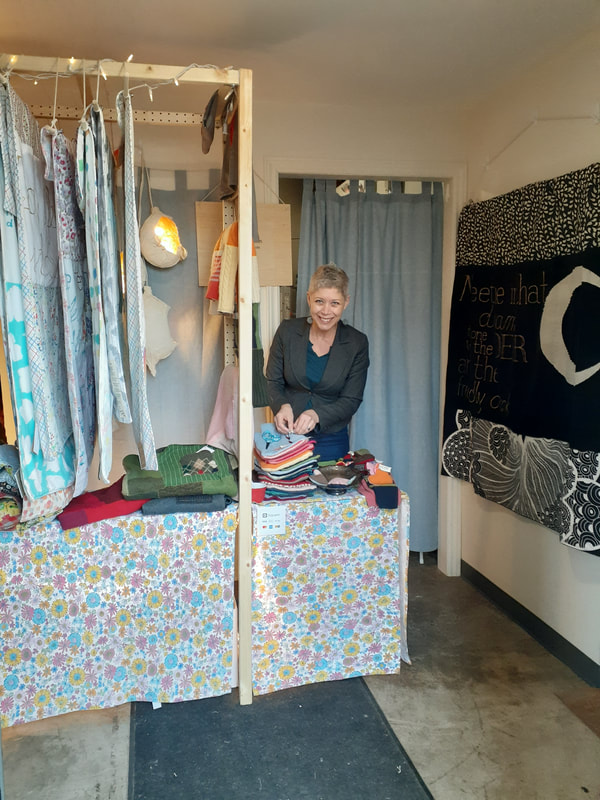
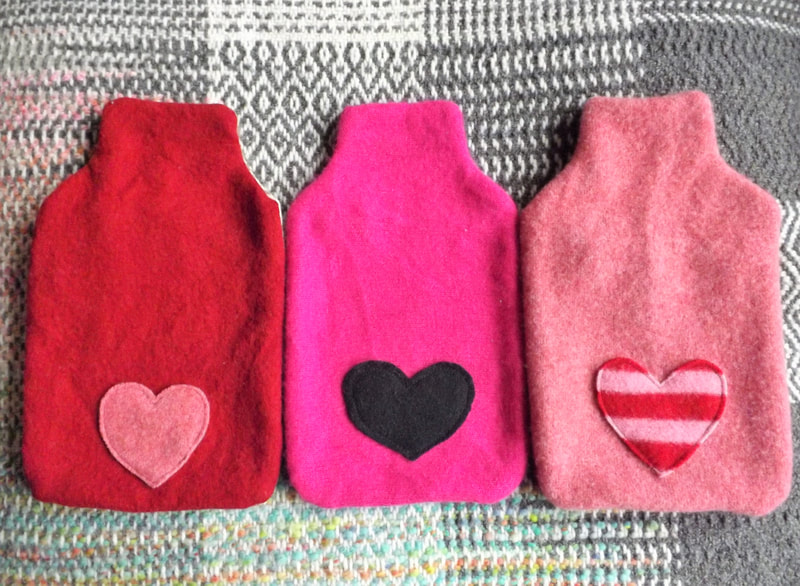
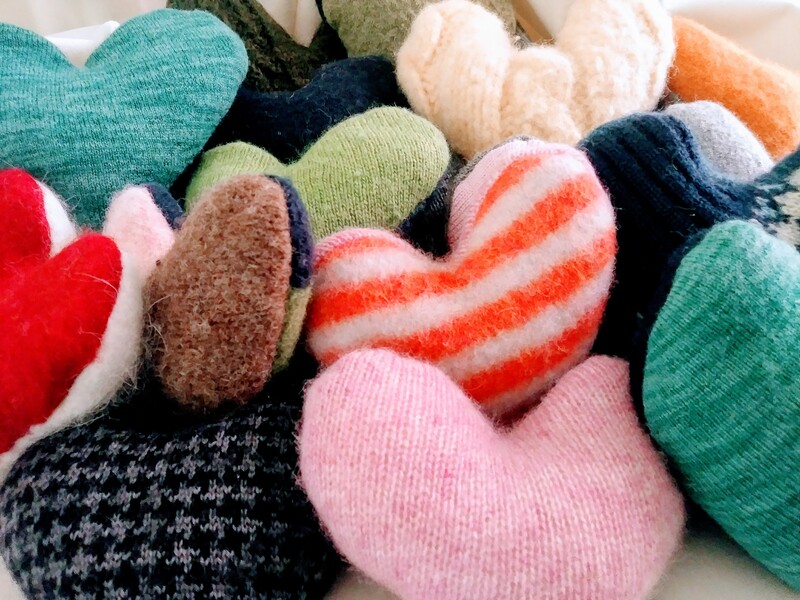
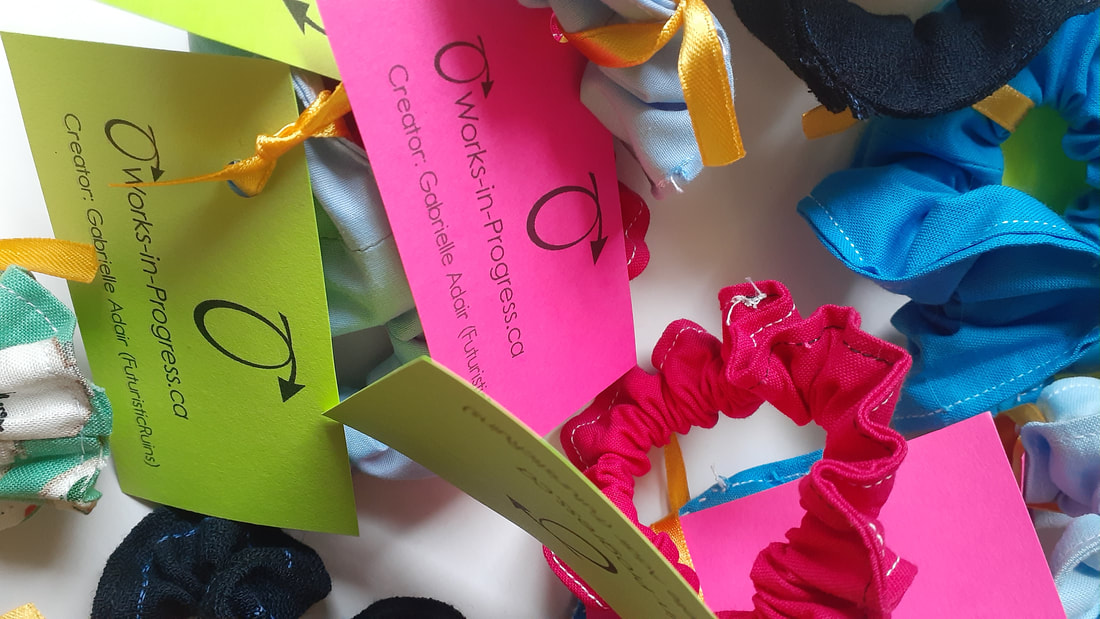
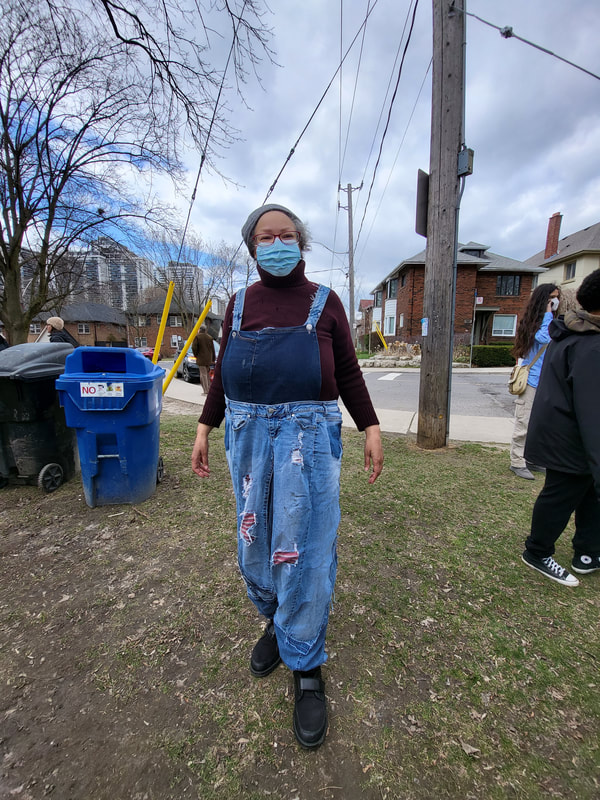
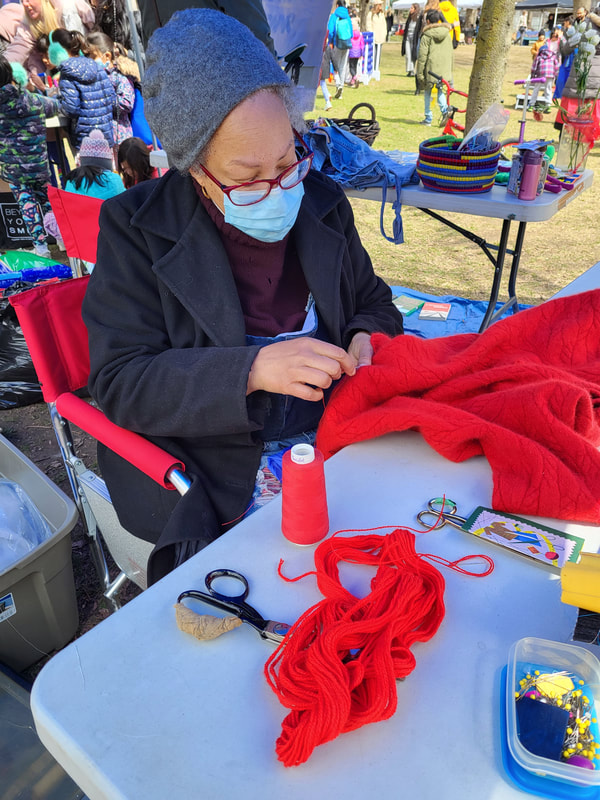
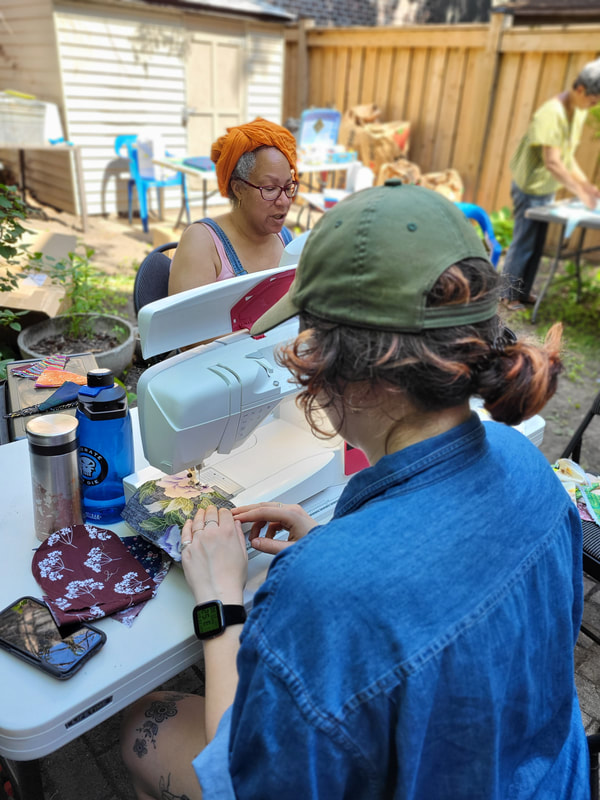
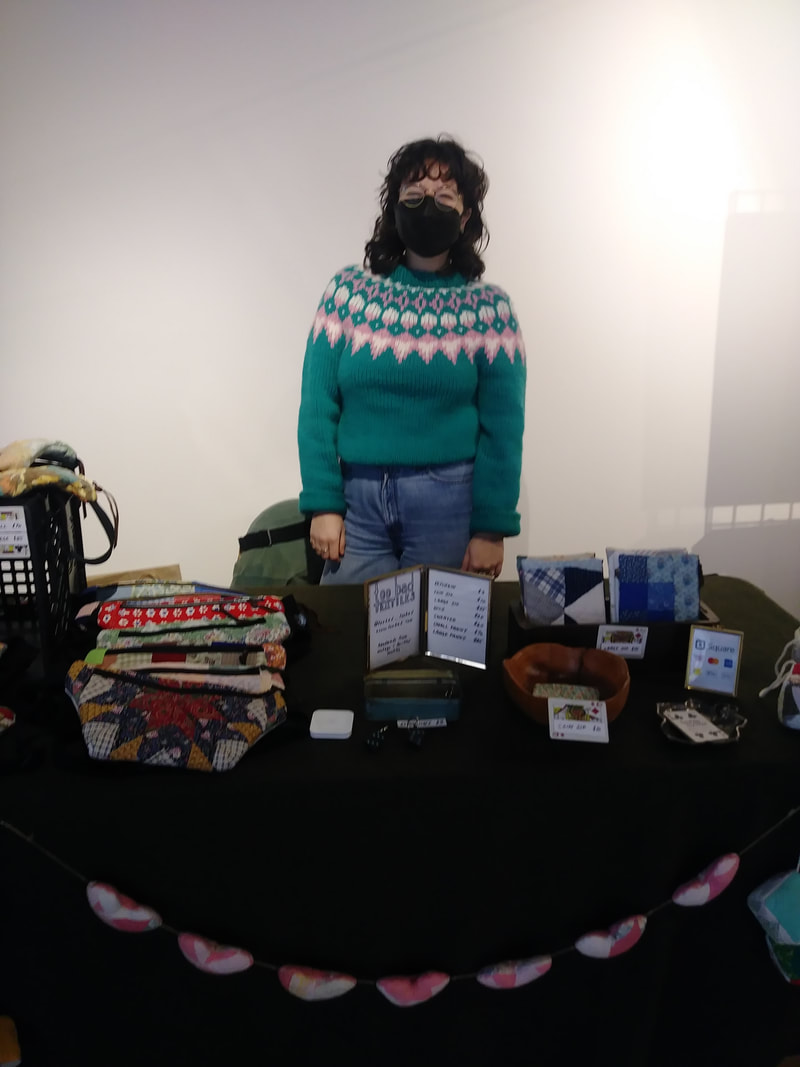
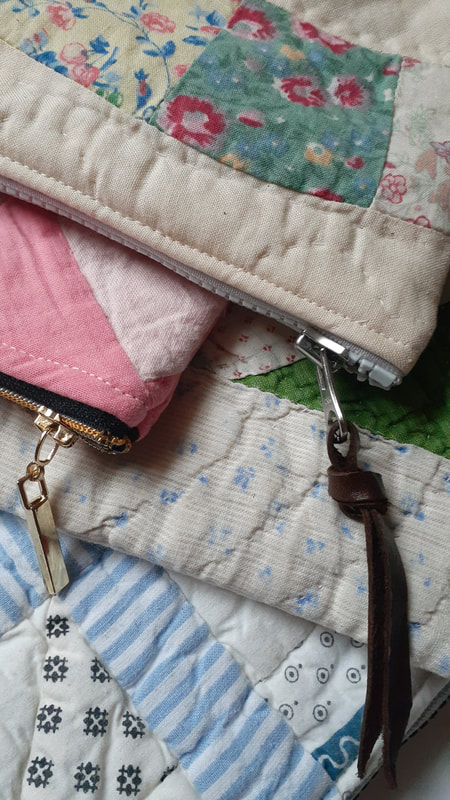
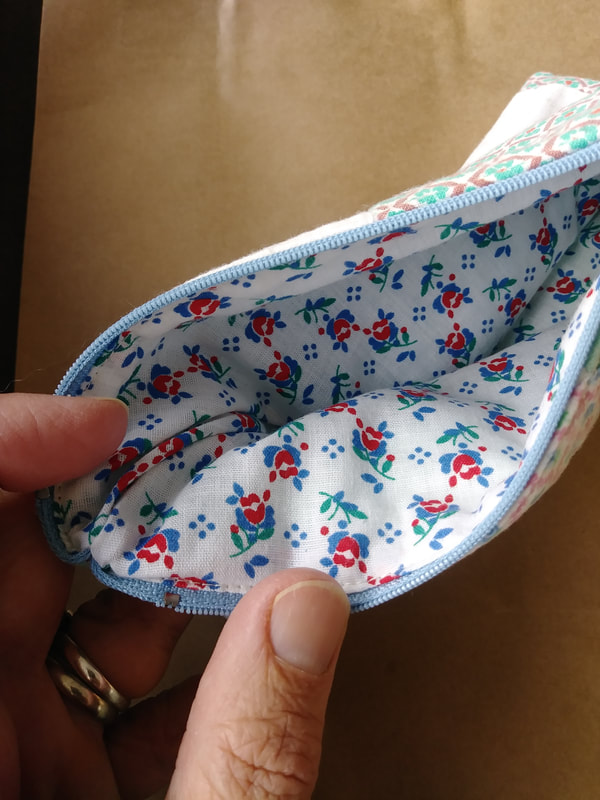
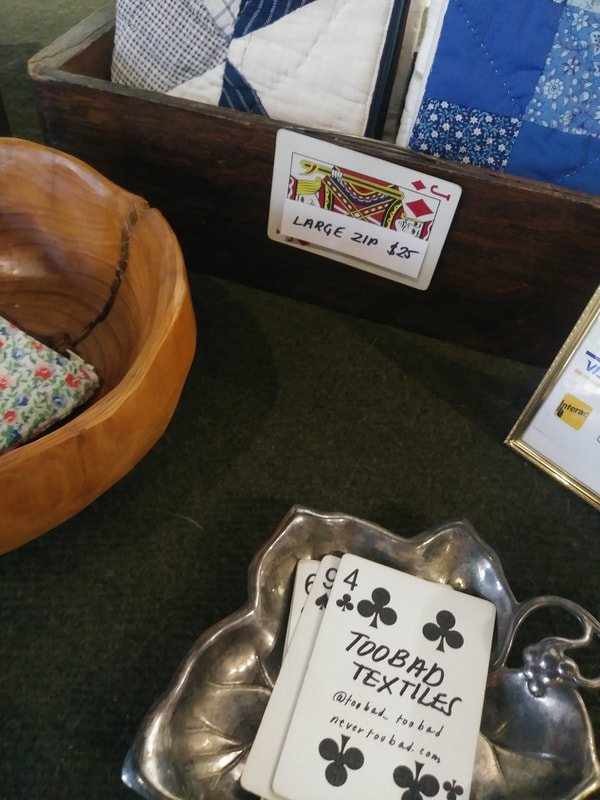
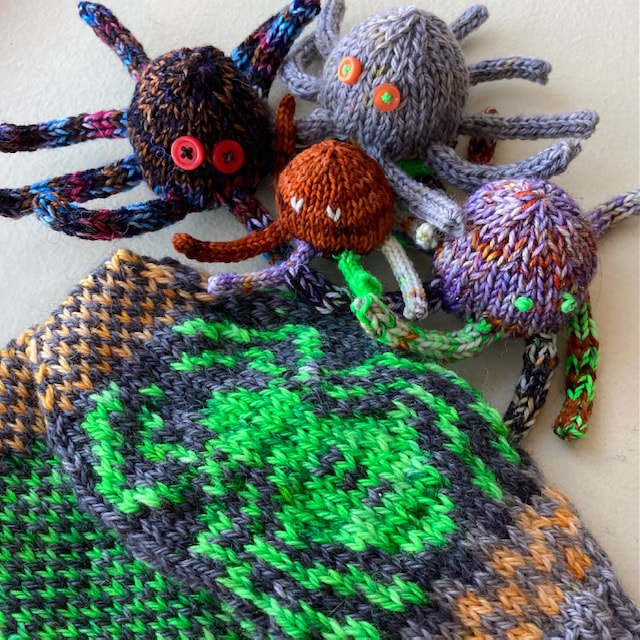
 RSS Feed
RSS Feed
